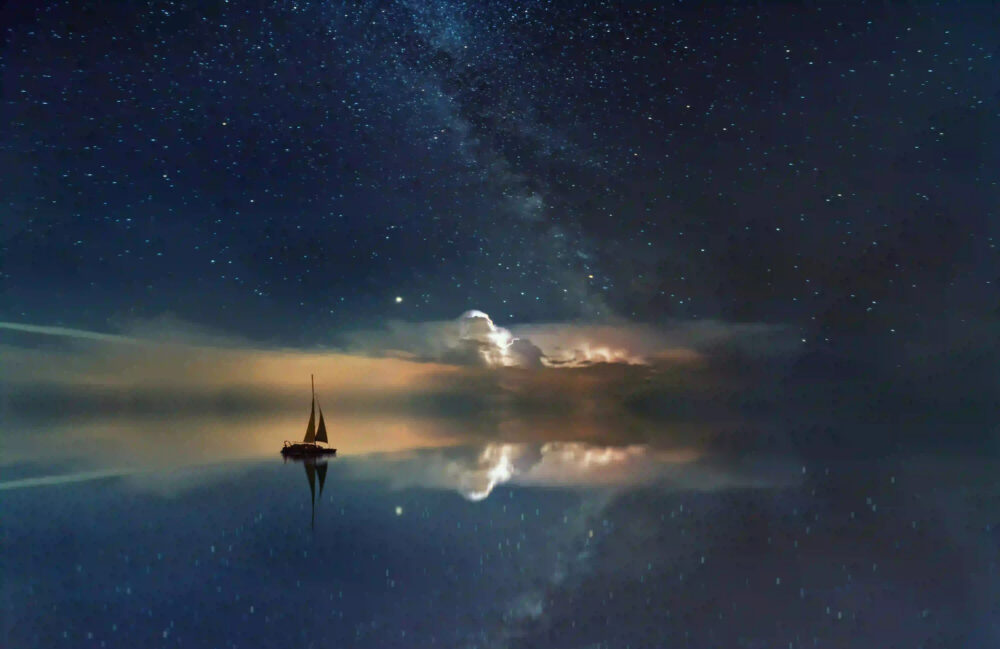In the vast expanse of fantasy literature, the concept of the multiverse has emerged as a captivating tapestry of imagination, weaving together parallel realities, alternate dimensions, and the enigmatic echoes of divergent existences. From the mind-bending realms of H.P. Lovecraft’s cosmic horror to the intricately woven threads of Brandon Sanderson’s “Cosmere” universe, the portrayal of multiple realities has sparked the collective curiosity and fascination of readers and storytellers alike. Join me on an exploration of the multiverse in fantasy, as we unravel the mysteries, delve into the symbolism, and contemplate the profound implications of parallel dimensions and alternate realities in the realm of speculative fiction.
Unveiling the Multiverse: A Nexus of Infinite Possibilities
The multiverse, as depicted in fantasy literature, encompasses a staggering array of parallel worlds, alternate timelines, and divergent realities that exist alongside or beyond our own. This concept transcends the constraints of a singular reality, offering a boundless canvas for authors to explore themes of destiny, choice, and the infinite permutations of existence.
From the cosmic tapestries of Neil Gaiman’s “Sandman” series to the intricate web of interconnected worlds in Stephen King’s “The Dark Tower” saga, the multiverse serves as a nexus of infinite possibilities, where the fabric of reality is stretched taut across a myriad of diverging paths and potentialities.
Quantum Ripples and Narrative Complexity: The Art of Worldbuilding in Multiversal Fantasies
The portrayal of the multiverse in fantasy literature presents a unique opportunity for authors to engage in complex worldbuilding, crafting diverse and interconnected realms that resonate with thematic depth and narrative richness. Through the lens of alternate dimensions and parallel realities, authors explore the repercussions of pivotal choices, the echoes of divergent destinies, and the interplay of quantum ripples across the tapestry of existence.
In works such as China Miéville’s “The City & the City” and Philip Pullman’s “His Dark Materials” trilogy, the multifaceted nature of the multiverse imbues the narratives with a sense of expansive scope and intricate detail, inviting readers to traverse the boundaries of reality and immerse themselves in the enthralling complexities of interconnected worlds.
Symbolism and Philosophical Inquiry: Multiversal Themes in Fantasy Literature
The multiverse in fantasy literature serves as a potent symbol, reflecting existential themes, philosophical inquiries, and the enigmatic nature of reality itself. By portraying divergent realities and parallel dimensions, authors delve into questions of identity, free will, and the fundamental nature of existence, inviting readers to contemplate the profound implications of a cosmos teeming with alternate possibilities.
The interplay of doppelgängers, alternate selves, and divergent timelines in works like Michael Moorcock’s “Eternal Champion” series and Roger Zelazny’s “The Chronicles of Amber” imbues the multiverse with a rich tapestry of symbolism, exploring the multifaceted nature of human experience and the enigmatic allure of the unknown.
The Evolution of Multiversal Fantasies: From Classic Works to Contemporary Epics
From the mind-bending conundrums of Lewis Carroll’s “Alice’s Adventures in Wonderland” to the genre-defying narratives of Jeff VanderMeer’s “Southern Reach” trilogy, the portrayal of the multiverse in fantasy literature has evolved and adapted to suit the thematic preoccupations of different eras and authors. In contemporary epics such as N.K. Jemisin’s “The Broken Earth” trilogy and Christopher Paolini’s “The Fork, the Witch, and the Worm,” the multiverse continues to captivate readers with its tantalizing blend of speculative intrigue and existential depth.
Through these diverse and visionary works, the multiverse in fantasy literature continues to evolve, inviting readers to embark on a journey through the labyrinthine corridors of parallel realities and alternate dimensions, where the boundaries of perception blur, and the eternal enigma of existence unfolds in mesmerizing and thought-provoking ways.
Embracing the Infinite: The Allure of Multiversal Fantasies
In conclusion, the portrayal of the multiverse in fantasy literature unveils a captivating tapestry of imagination, symbolism, and philosophical inquiry, inviting readers to explore the enigmatic landscapes of parallel realities and contemplate the mysteries that dwell beyond the confines of a singular universe. Whether as a reflection of existential quandaries, a metaphor for the complexity of human experience, or a source of timeless fascination, the multiverse in fantasy continues to beckon us with its irresistible allure, offering a glimpse into the boundless possibilities that lie at the heart of speculative storytelling.
Join me as we embrace the infinite, delving into the rich legacy of multiversal fantasies and embarking on a journey through the parallel dimensions and alternate realities that beckon us to tread the wondrous paths of speculative fiction.
I hope you find this exploration of the multiverse in fantasy literature engaging and thought-provoking. If you have a passion for speculative realms and would like to delve deeper into this topic, feel free to continue the conversation!
